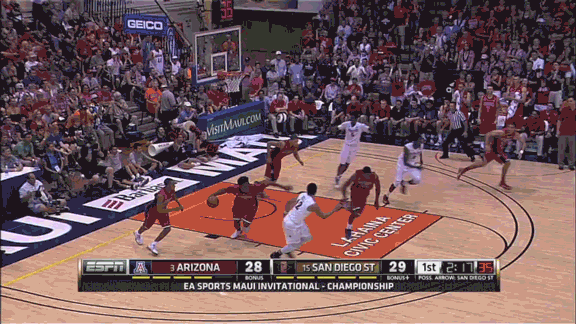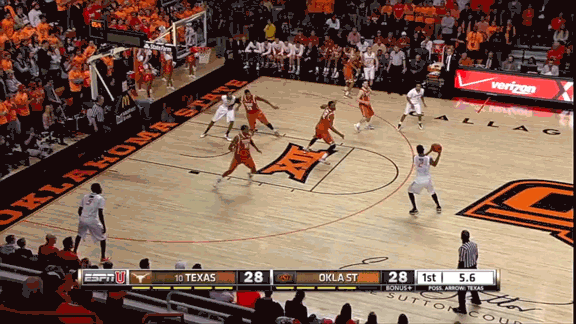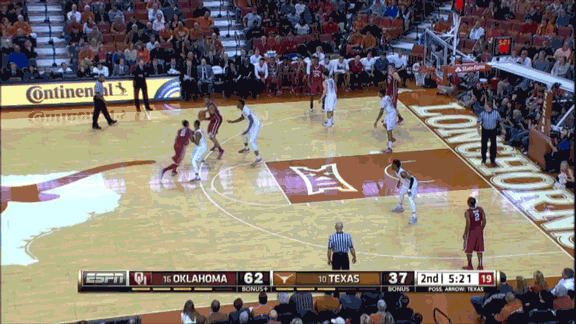- 31,840
- 26,103
- Joined
- Aug 2, 2006
that's fine just hope nobody expecting anything different
I think Drummond can become better on offense then Jordan, Chandler and WSC will ever be. but you think WCS can be elite on defense in the NBA like those 3?
absolutely.
WCS is a freak on d, his lateral quickness at 7-1 is pretty wild, he has good hands and good instincts, he has all the tools to be an elite rim protector and elite pick and roll defender.
as long as he can grasp NBA defensive concepts, he will be good.
I think worst case Brandon Wright best case Tyson Chandler.
Last edited:



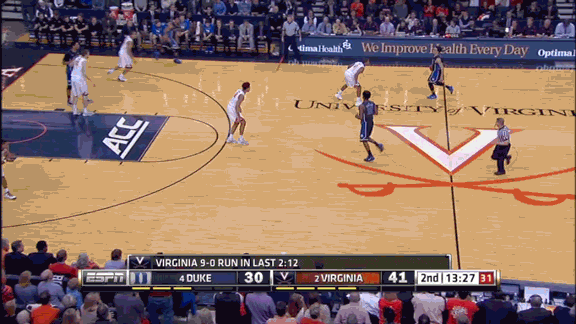


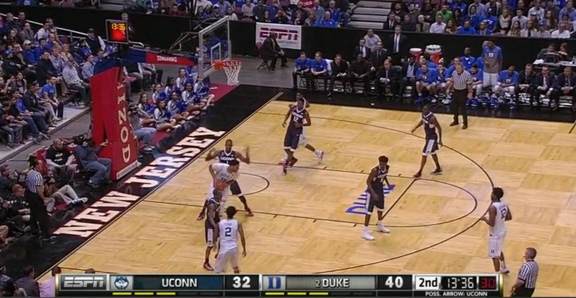
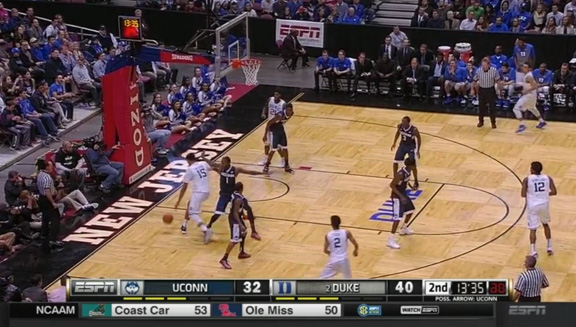
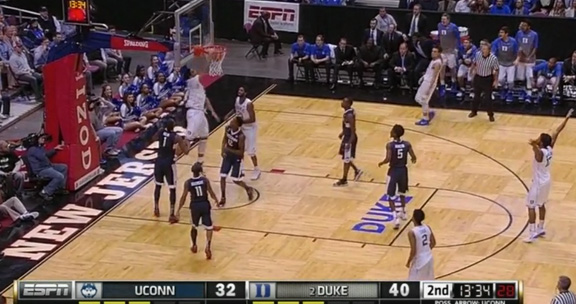
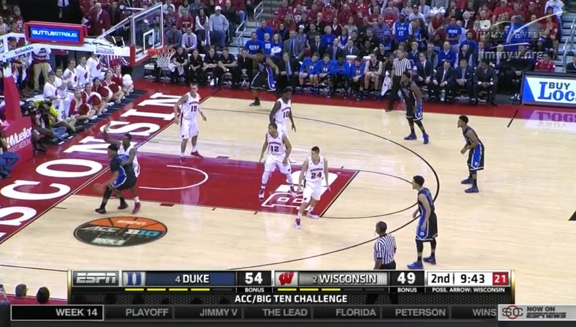


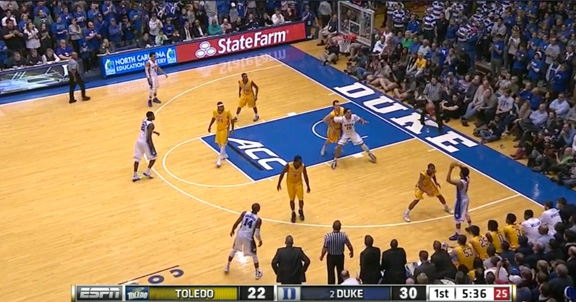
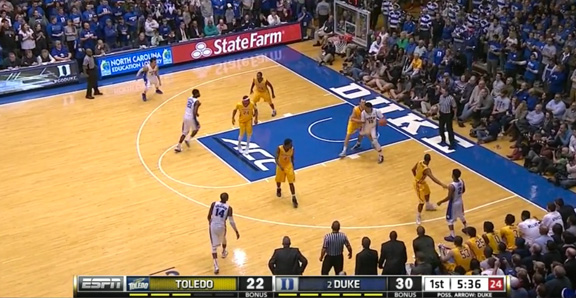
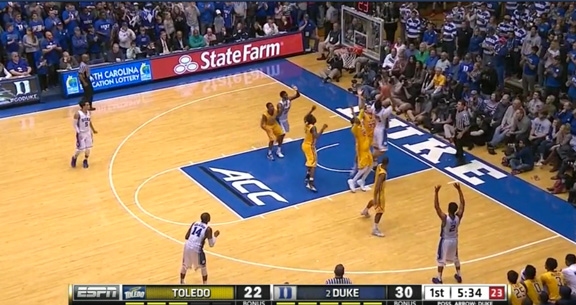
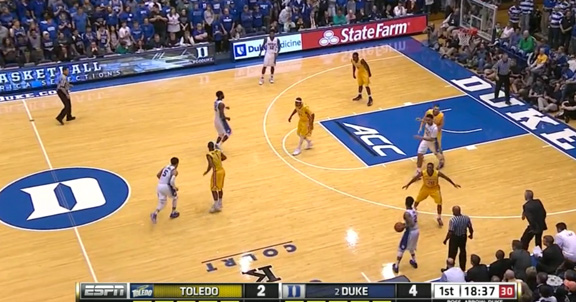
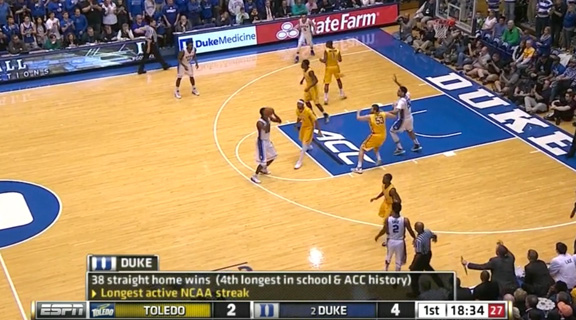
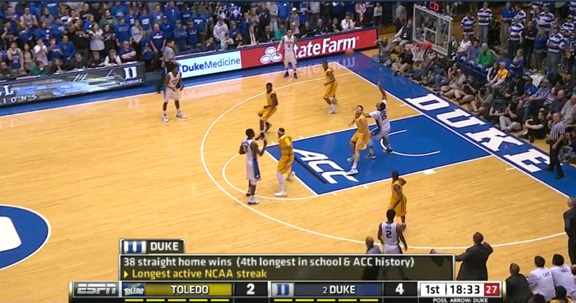
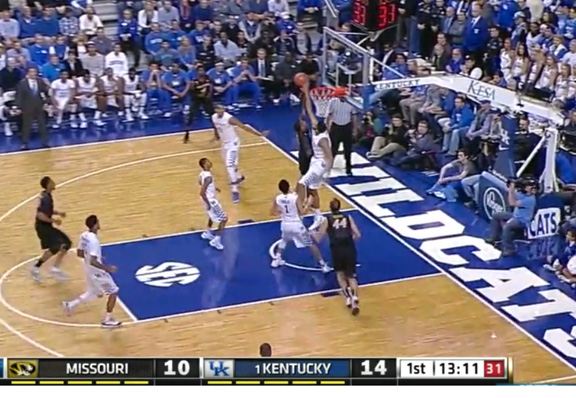
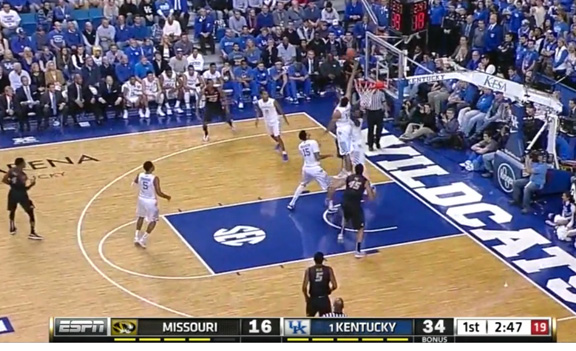
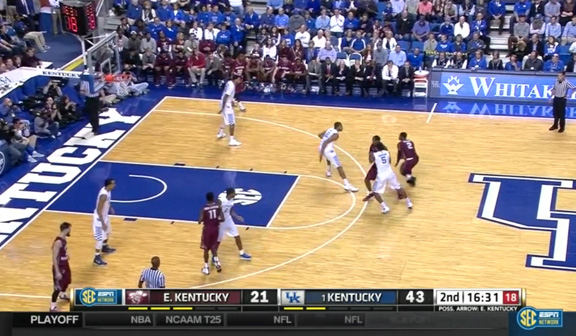
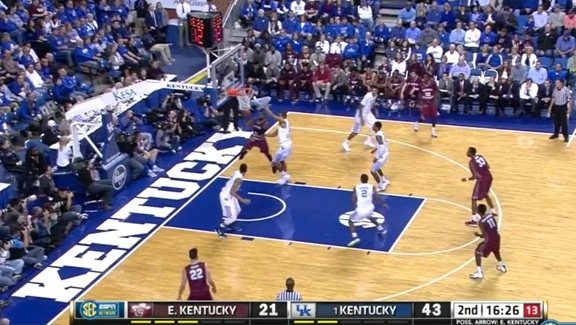
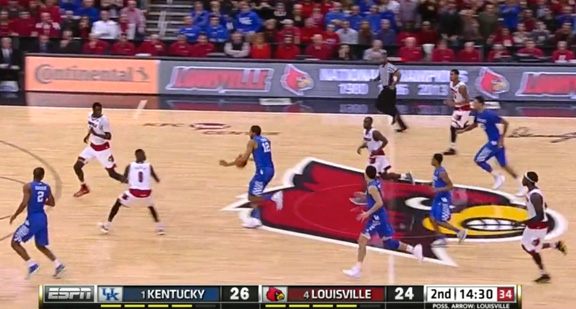
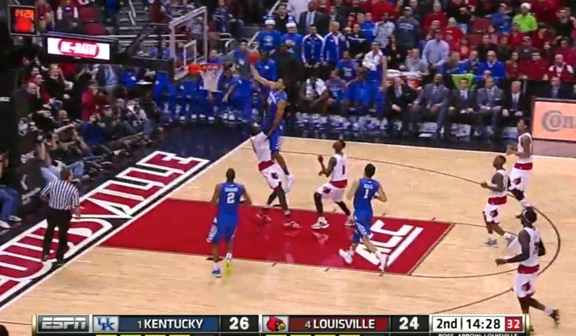
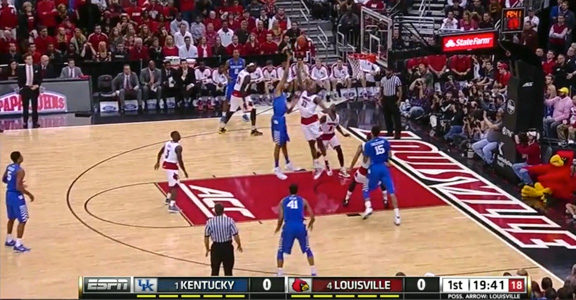
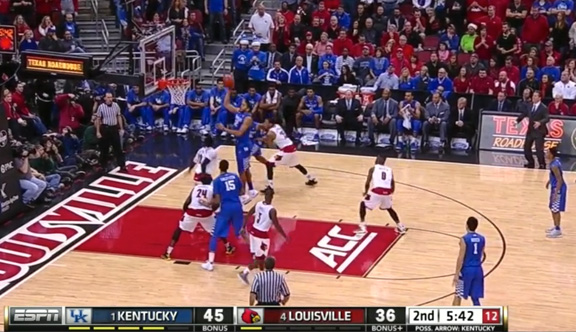
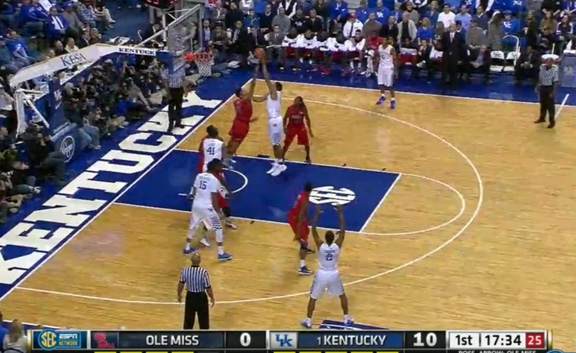
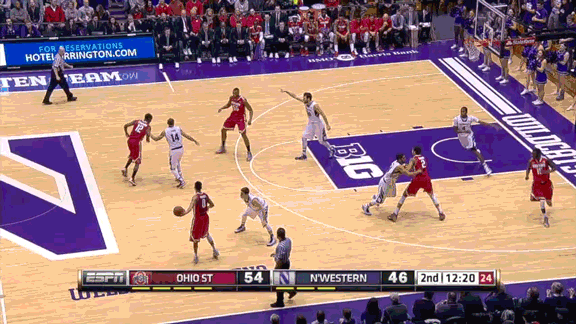
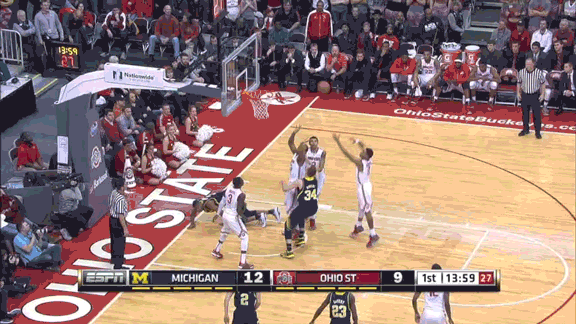
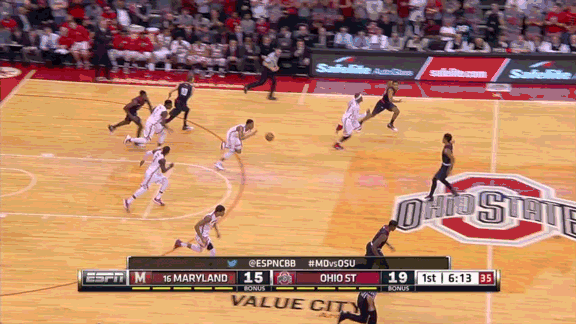
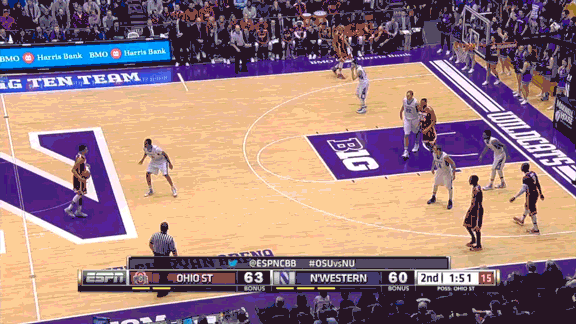
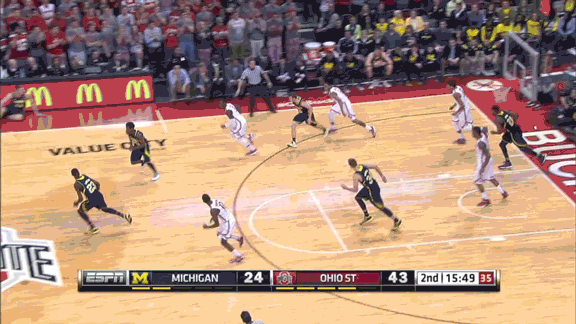

 . The big question is: Can he continue his physical dominance at the NBA level? He is highly likely to leave for the NBA draft after his only season in Tucson. Let's have a look.
. The big question is: Can he continue his physical dominance at the NBA level? He is highly likely to leave for the NBA draft after his only season in Tucson. Let's have a look.